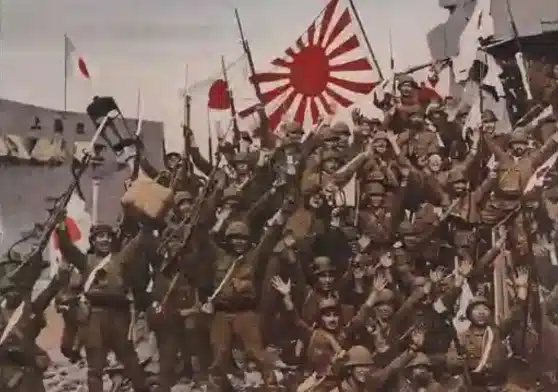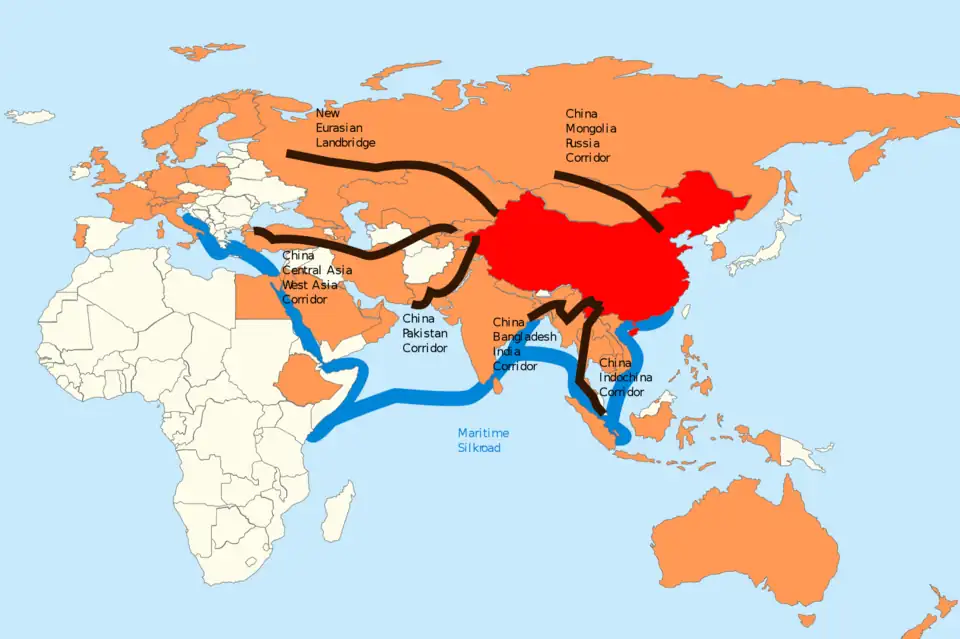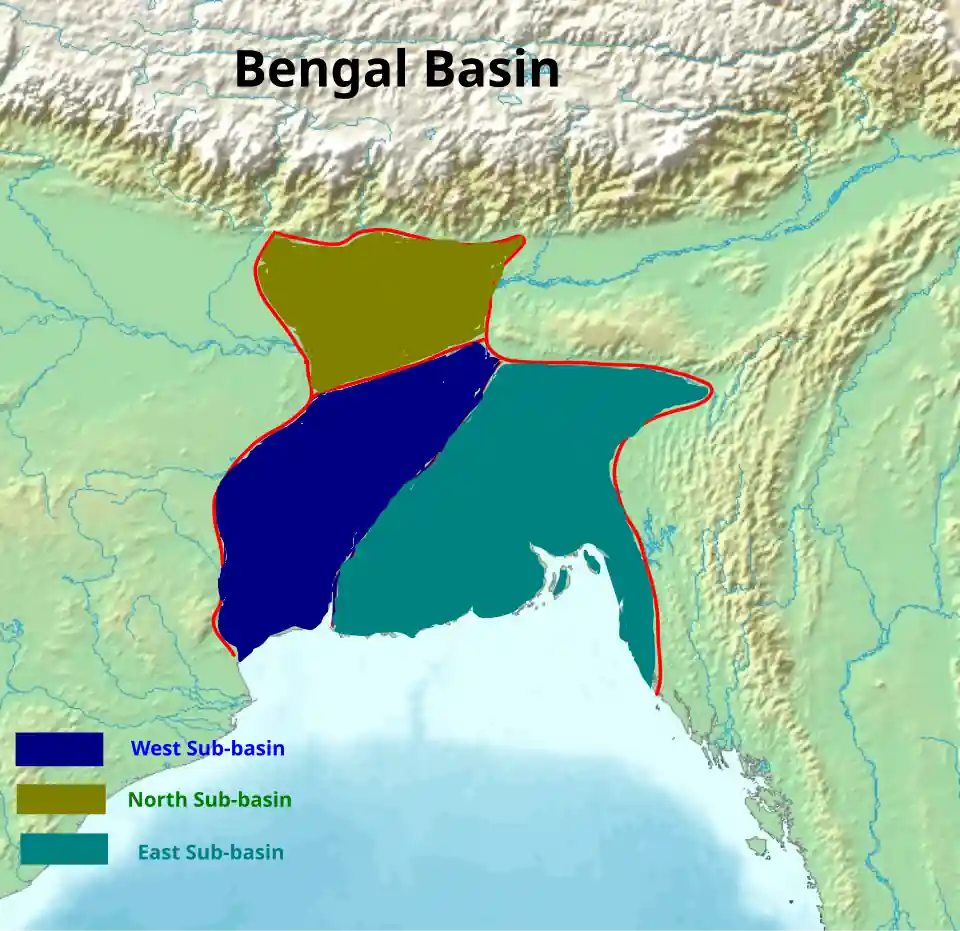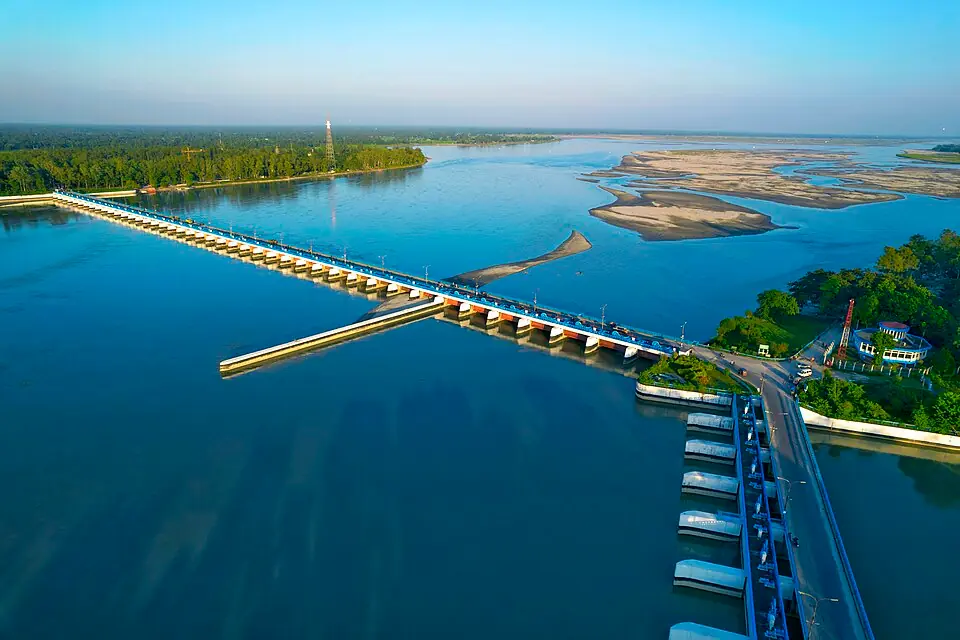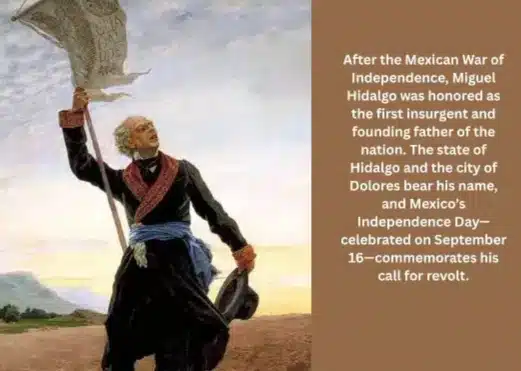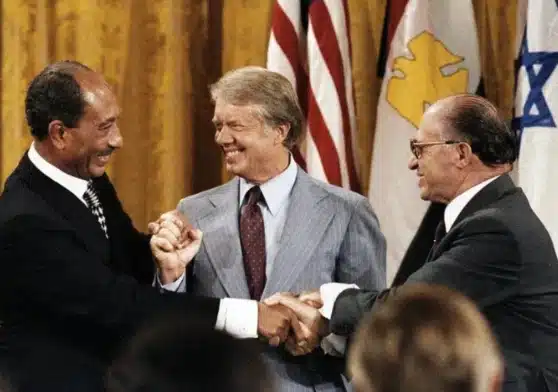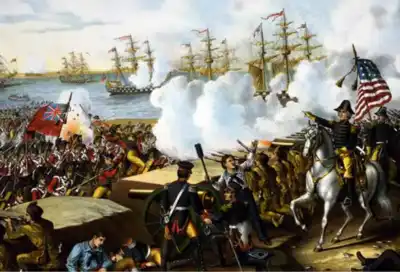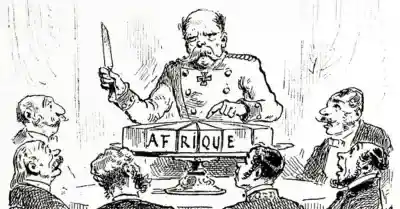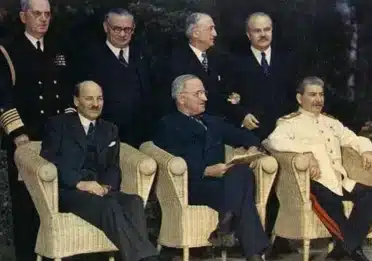Korea’s Historical Outline: The PRK & The Four Power Trusteeship
The People’s Republic of Korea (PRK), established on September 6, 1945, emerged after Japan’s surrender in World War II, during the division of Korea into Soviet-occupied North and US-occupied South. This Korea’s Historical Glimpse highlights the PRK’s goal of radical social change through people’s committees, a vision cut short by Cold War tensions.
In the aftermath of World War II, the Korean Peninsula found itself divided into two separate zones of influence, with the Soviet Union administering the northern part and the United States overseeing the southern region. Tensions were high as ideological differences and political objectives clashed. In 1945, the United States Army Military Government in Korea made the divisive decision to outlaw the People’s Republic of Korea in the South, a move that would have far-reaching consequences for the future of the Korean Peninsula.
💻 Table of Contents:
- The Four Power Trusteeship Proposal: A Post-War Diplomatic Arrangement
- Soviet Influence and the Rise of Korean Communists
- The US Military Government in Korea and the Suppression of PRK
- Reasons for the Outlawing
- Consequences and Controversies
 |
| American Russian soldiers North Korea |
The Four Power Trusteeship Proposal: A Post-War Diplomatic Arrangement
During the Yalta Conference in February 1945, President Franklin D. Roosevelt suggested the establishment of a four-power trusteeship for Korea. This proposed trusteeship would involve the United States, Great Britain, the Soviet Union, and the Republic of China. Stalin, in principle, expressed his agreement to Roosevelt’s suggestion.
On December 27, 1945, in Moscow, the United States, Soviet Union, and Britain reached an agreement to establish a “four-power trusteeship” consisting of the United States, Soviet Union, China, and the United Kingdom. The purpose of this trusteeship was to administer and govern Korea collectively while simultaneously negotiating its path towards independence.
The proposal for a trusteeship of up to five years for Korea at the Moscow Conference in December 1945 was a diplomatic arrangement between the United States and the Soviet Union in the aftermath of World War II. The idea behind the trusteeship was to establish an interim period during which the two superpowers, along with other concerned parties, would oversee the administration and governance of Korea.
During this trusteeship period, the intention was to stabilize the situation in Korea, facilitate reconstruction, and create conditions conducive to the eventual establishment of an independent Korean government. The trusteeship was conceived as a transitional phase, allowing for the development of a self-governing system and the preparation of the Korean Peninsula for independence.
 |
| 38th Parallel |
The decision to limit the trusteeship to a maximum of five years reflected a commitment to not prolong external control indefinitely. The ultimate goal was to pave the way for the Korean people to determine their own political destiny and achieve full independence after the specified trusteeship period. However, the geopolitical tensions of the emerging Cold War and conflicting interests complicated the implementation of these plans, eventually leading to the division of Korea into North and South along the 38th parallel.
Soviet Influence and the Rise of Korean Communists:
When Soviet troops entered Pyongyang on August 24, 1945, they discovered a local People’s Committee led by Cho Man-sik, a Christian nationalist with a long history of activism. Initially, the Soviet authorities worked with the People’s Committees but took steps to ensure that individuals aligned with their political interests, particularly Korean communists, gained positions of power. Through this process, Korean communists gradually became the majority in the People’s Committees.
Cho Man-sik was considered the Soviet government’s initial choice to lead North Korea. However, in December 1945, at the Moscow Conference, the Soviet Union agreed to a US proposal for a trusteeship of up to five years before granting Korea independence.
Most Koreans, including Cho Man-sik, demanded immediate independence and voiced their opposition to the trusteeship at a public meeting in January 1946. As a result, Cho Man-sik was placed under house arrest, and Kim Il Sung replaced him. Kim Il Sung and other Korean communists had initially supported the trusteeship under pressure from the Soviet government.
 |
| Yalta Conference |
💻 You May Also Read:
- Exploring Division of Korea: An Insightful Look
- Korea’s Journey: From Isolation to Japan’s Control
- The Yalta Conference: A Political World-Order & American Plan
On February 8, 1946, the People’s Committees were restructured as Interim People’s Committees, which were predominantly led by communists. The new regime implemented popular policies such as land redistribution, nationalization of industries, labor law reforms, and gender equality. Existing communist groups were reorganized as the Workers’ Party of Korea, with Kim Il Sung assuming leadership.
After unsuccessful negotiations for reunification, the Democratic People’s Republic of Korea (DPRK) was established on September 9, 1948, with Kim Il Sung as the premier.
The US Military Government in Korea and the Suppression of PRK:
Following the American arrival in September 1945, the United States Army Military Government, led by Lieutenant-General John R. Hodge, took control of the Korean Peninsula south of the 38th parallel. The 38th Parallel is a circle of latitude that was used to demarcate the Korean Peninsula during the post-World War II division of Korea. It became the dividing line between the Soviet-occupied northern part and the American-occupied southern part of Korea.
The Korean Peninsula was divided along this line into two separate zones of influence, with the Soviet Union administering the northern part and the United States overseeing the southern region. The division along the 38th Parallel played a pivotal role in shaping the subsequent history of North and South Korea. Hodge refused to recognize the People’s Republic of Korea (PRK) and outlawed it on December 12, 1945, with the stated mission of dismantling the Communist government.
 |
| Korean War in Picture |
While Korea celebrated its liberation from Japanese colonial rule, the South witnessed the rise of various political factions, including those with left-leaning ideologies influenced by communism. Among them, the PRK emerged as a prominent force, led by figures such as Yeo Un-hyeong and Kim Tu-bong.
However, the United States, cautious of communism’s spread, sought to establish a pro-Western government in the South. Thus, the PRK found itself on a collision course with the anti-communist objectives of the USAMGIK (The United States Army Military Government in Korea), leading to its eventual outlawing. The consequences of this decision would shape the political landscape, ideological divide, and future reunification visions of the Korean Peninsula.
Reasons for the Outlawing:
The decision to outlaw the PRK stemmed from a combination of factors. The United States viewed communism as a threat to its interests and wanted to prevent its spread in the region. The onset of the Cold War further heightened concerns about the expansion of Soviet influence. The USAMGIK saw the PRK as a communist-led organization and considered it a potential avenue for Soviet-backed subversion.
Additionally, there were concerns about the PRK’s legitimacy and its potential to undermine the
establishment of a pro-Western government. The USAMGIK aimed to consolidate its control over South Korea and ensure a smooth transition to a new political order. By outlawing the PRK, it sought to marginalize and suppress a political faction that it perceived as a threat to its objectives.
Consequences and Controversies:
The outlawing of the PRK had significant consequences for the political landscape of South Korea. Many PRK leaders were arrested, and the organization was effectively dismantled. The move further polarized political factions in the South, leading to increased tensions and divisions.
Critics argue that the decision to outlaw the PRK stifled political pluralism and democratic processes in South Korea. They argue that by suppressing left-leaning factions, the USAMGIK limited the range of political discourse and stifled alternative voices.
Moreover, the outlawing of the PRK had long-term implications for the reunification of Korea. The division caused by the outlawing of the PRK intensified the ideological and political divide between North and South, setting the stage for the Korean War in 1950.
 |
| Bilateral Meeting US Army in South Korea |
Some proponents of the decision argue that outlawing the PRK was necessary to prevent the spread of communism and maintain stability. They contend that the move was a strategic necessity given the geopolitical context of the time. They assert that allowing the PRK to operate freely would have undermined efforts to establish a pro-Western government in the South.
Conclusion:
The outlawing of the People’s Republic of Korea in South Korea by the United States Army Military Government had far-reaching consequences, polarizing the political landscape and deepening the Division of Korea. This decision offers a Korea’s Historical Glimpse into the Cold War tensions that shaped the peninsula’s future.
The controversy surrounding this decision including the geopolitical spirited by the name of Four Power Trusteeship proposal eventually accelerate to be divided of the Korean Peninsula.
Frequently Asked Questions
The People’s Republic of Korea (PRK) was a provisional government established on September 6, 1945, after Japan’s surrender in World War II. It aimed to bring radical social change through people’s committees but was outlawed by the US military government in South Korea.
The PRK was outlawed in December 1945 by the US Army Military Government in Korea (USAMGIK) due to concerns about communism, Soviet influence, and the desire to establish a pro-Western government in South Korea.
The Four Power Trusteeship Proposal, agreed upon at the Moscow Conference in December 1945, involved the US, Soviet Union, China, and the UK administering Korea for up to five years to prepare it for independence. However, Cold War tensions led to its failure and Korea’s division.
Outlawing the PRK polarized South Korea’s political landscape, suppressed left-leaning factions, and deepened the ideological divide between North and South, ultimately contributing to the Korean War in 1950. What was the People’s Republic of Korea (PRK)?
Why was the PRK outlawed in South Korea?
What was the Four Power Trusteeship Proposal?
What were the consequences of outlawing the PRK?

